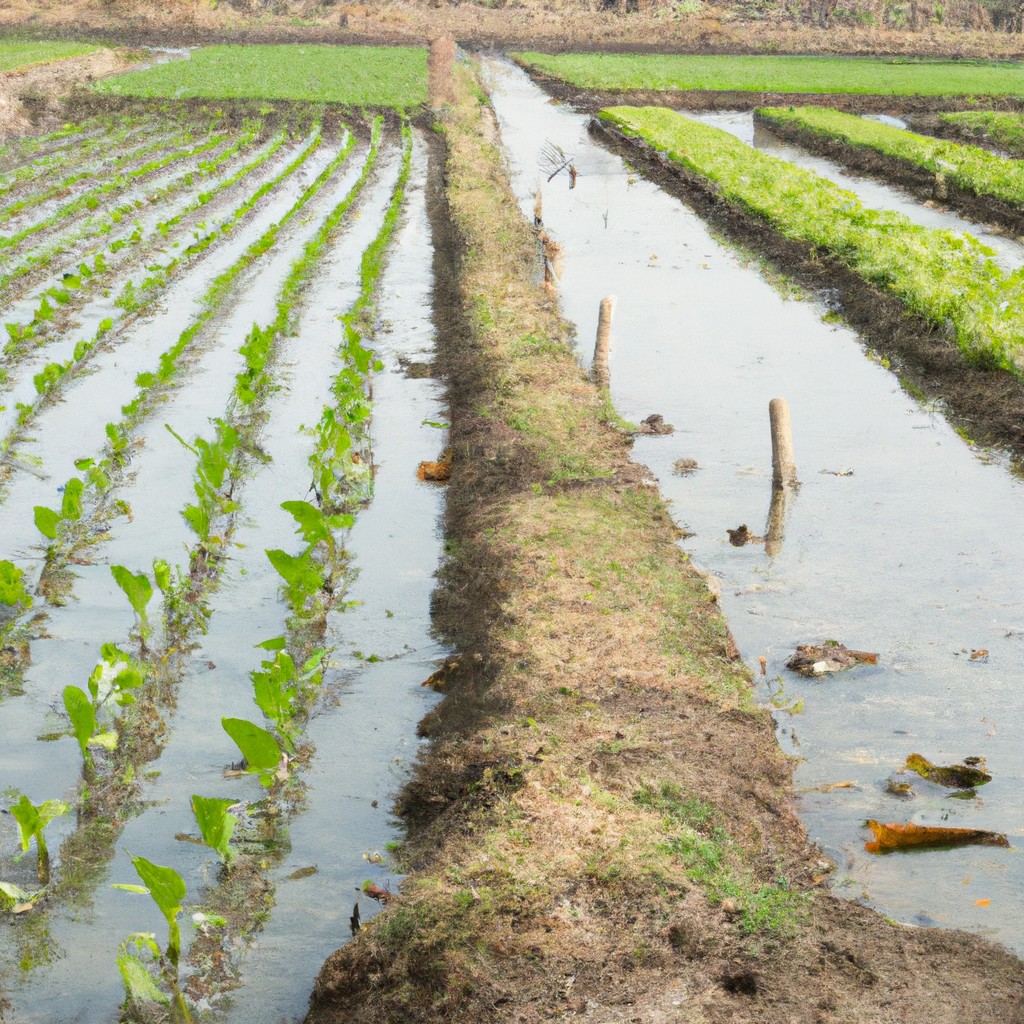Learn how drones are revolutionizing agriculture with smarter crop monitoring, precise spraying, and efficient data collection.
Look Inside:
Assessing Crop Health

Drones can zip through fields like hyperactive bumblebees, gathering critical info without disturbing the crops—talk about stealth mode! They use multispectral and thermal sensors to detect issues that are invisible to the naked eye, like stressed plants, nutrient deficiencies, or water shortages. High-resolution images help farmers spot areas that need TLC, leading to smarter decisions and healthier yields.
Imagine having a crop health diary updated in real-time. Drones fly over fields, snapping images and creating detailed maps. These maps identify problem patches, allowing targeted interventions. No more guessing games or unnecessary spreading of fertilizers and pesticides.
Farmers also get a heads-up on plant diseases before they spread like high school gossip. Early detection is key to managing diseases, reducing crop loss, and boosting production. In short, drones are the crop whisperers of modern agriculture.
Precision Spraying
Imagine a crop-dusting plane, but miniaturized and cooler. Drones equipped with precision spraying technology can target specific areas, reducing waste and minimizing the use of chemicals. Here’s why they’re awesome:
- Efficiency: Drones spray only what’s needed, where it’s needed. No more blanket coverage and hoping for the best.
- Time-Saver: They zip through fields, cutting down the time farmers spend worrying about pests and weeds. Your time can now be spent debating the merits of composting toilets.
- Environmentally Friendly: By using fewer chemicals, drones help reduce the run-off into nearby water sources. Fish everywhere thank you.
- Cost-Effective: Less waste equals more money saved. Goodbye, overspending on fertilizers and pesticides; hello, extra cash for farm upgrades or just more donuts.
Precision spraying with drones translates into a smart, efficient, and eco-friendly approach to crop management. Try imagining one of those sci-fi movies, but with fewer aliens and more organic tomatoes.
Soil and Field Analysis
Imagine having a soil whisperer at your fingertips. Well, drones can be just that! They’re equipped with sensors that read the soil like a mind-reading magician, revealing its secrets in no time.
Here’s how they work their magic:
- Moisture Levels: Drones can detect moisture levels in soil, pinpointing dry spells before your crops start sending out SOS signals.
- Nutrient Content: With spectral imaging, drones can analyze the nutrient content of the soil, helping to determine if your crops are feasting or fasting.
- Topography Mapping: Uneven terrain? No problem. Drones create detailed topography maps, guiding you on where to beef up irrigation or improve drainage.
- Early Issue Detection: By identifying variances in soil composition, drones can flag potential problem areas, saving you from future headache.
With a drone’s-eye view, farmers can literally dig deep without getting their hands dirty.
Livestock Monitoring
Ever wondered if your cows are having secret parties in the middle of the night? Probably not, but wouldn’t it be nice to know exactly where they are and how they’re doing? Enter drones.
Firstly, they help track the whereabouts of livestock across vast fields. No more playing hide-and-seek with your herd.
Secondly, drones equipped with thermal imaging can monitor the health of animals. They can quickly identify any that might be sick or injured, saving you the guesswork and potentially hefty vet bills.
Thirdly, they assist in mapping grazing patterns. Understanding these patterns can optimize grazing schedules, ensuring the land remains fertile and not overgrazed.
Lastly, drones offer real-time data. Instant updates are crucial for making timely decisions, especially when it comes to managing large groups of animals. No more waiting until chore time to catch an issue that could’ve been spotted hours earlier.
In short, drones are bringing high-tech monitoring to the pasture, so you can focus more on farming and less on frantic shepherding. If only they could milk the cows too!
Pest and Disease Management
Imagine having a tiny, vigilant superhero flying over your fields, spotting the bad guys before they wreak havoc. That’s what drones can do for managing pests and diseases in agriculture.
Firstly, drones equipped with multispectral sensors can detect plant stress signs often invisible to the human eye. They give you a heads-up if something is amiss, so you can tackle the problem earlier. Less damage, more yield.
Drones can also identify pest hotspots in your fields. Think of them as the Sherlock Holmes of agriculture, sniffing out infestations with precision. You can then target these areas directly, reducing the use of pesticides and saving money.
Additionally, drones offer real-time monitoring. Instead of playing catch-up, you can stay ahead of the curve by constantly surveying your fields. This reduces the risk of large-scale outbreaks and keeps your crops healthier.
Lastly, using drones means you can gather tons of data. Analyzing this data helps in understanding pest and disease patterns, making your future farming decisions smarter and more efficient.
High-tech farming has never sounded cooler, right?




